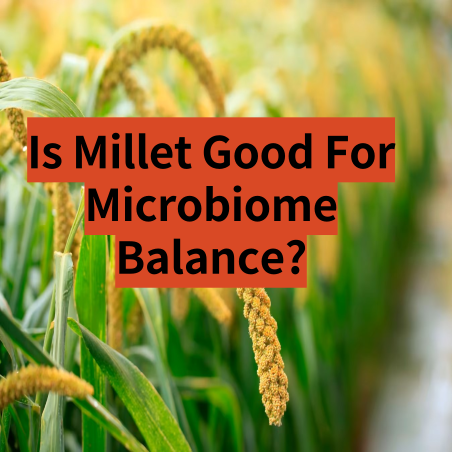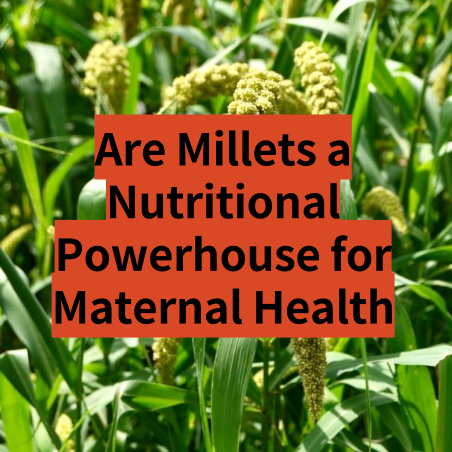The Green Revolution, was when agricultural output and crop yields increased dramatically due to efforts to spread agricultural technology. After WWII, these agricultural shifts started in the industrialized world and eventually became worldwide by the late 1980s.
During the Green Revolution, high-yield plant varieties, especially wheat and rice, were developed. This made more food available in the 1940s and 1960s and saved people from going hungry in developing countries.
William Gaud was the first to use the term “green revolution.” Norman Borlaug is known as the “Father of the Green Revolution.” M.S. Swaminathan, a geneticist known as the “Father of the Green Revolution in India,” helped the government of India start the Green Revolution in 1965. India purchased 18,000 tons of HYV wheat from Mexico when it first started using its techniques, setting the stage for the Green Revolution. Dr. MS Swaminathan, known as the “father of the Indian Green Revolution,” was the key person who brought this transformation to India.
The rationale for the Green Revolution:

In the late 1960s and early 1970s, foreign donor groups and the Indian government developed a development plan that led to the Green Revolution. This program’s first implementation was in the state of Punjab.
The Indian grain economy depended on a one-sided exploitation relationship under the British Raj. So, after India got its independence, it had to deal with periodic famines, unstable finances, and low productivity. These considerations bolstered the case for adopting the Green Revolution in India.
- Frequent famines: India’s rapidly expanding population was hit hard by food shortages and famine during two consecutive years of severe drought, in 1964–1965 and 1965–1966. There seemed to be solutions to the recurrence of famines made possible by modern agricultural methods. Some people believe that British taxes and agricultural policies in the 19th and 20th centuries exacerbated India’s famines before independence. In contrast, others reject the idea that colonial control had a role in the famines.
- Lack of capital: Marginal farmers had difficulty securing affordable financing from the government and banks, making them ideal prey for moneylenders. They borrowed money from landowners who then exploited them by forcing them to labor in their fields for exorbitant interest rates to recover their initial investment (farm laborers). During the Green Revolution, several issues and hardships arose for the farmers of India due to a lack of enough funding. Loan recipients also received government assistance.
- Low productivity: With India’s population rising rapidly, the country’s conventional agricultural techniques could not keep up with the need for food. India’s food grain shortages in the 1960s were among the worst in the developing world because of the country’s historically poor output. Increased output was a distinct possibility thanks to the agricultural revolution facilitated by technical progress.
Important aspects of India’s green revolution include:
- Seeds of the High Yield Varieties (HYV).
- Ground and surface water irrigation, respectively.
- Uses of fertilizers (chemical).
- Use of Pesticides and Insecticides.
- Command Area Development (CAD).
- Consolidation of assets
- Improvements to the distribution of land.
The Green Revolution approach consisted of three main parts:
- Growing agricultural land areas
- Utilizing existing cropland for two crops
- Introducing hybrid or heirloom seeds
Positive Impacts of the Green Revolution
In 1978–1979, India’s grain production increased dramatically, reaching 131 million metric tons, making the country one of the world’s largest agricultural producers. During the Green Revolution, farmers planted a lot of land with high-yielding wheat and rice.
India became self-sufficient in food grains and had enough in the central pool to sometimes export food grains.
There has been a rise in the total and per capita net supply of food grains.
Farmers’ incomes were boosted with the start of the Green Revolution. Farming profits were re-invested by farmers to boost yield.
Farmers that owned more than 10 ha of land and spent heavily on resources like HYV seeds, fertilizer, machinery, etc. gained the greatest rewards from this revolution. Capitalist farming was also supported.
Increased demand for agricultural machinery such as tractors, harvesters, threshers, combines, diesel engines, electric motors, pumping sets, and so on contributed to the development of the manufacturing sector during the Industrial Revolution.
Demand increased for chemicals like fertilizers, herbicides, insecticides, weed killers, and so on. Several “agro-based” companies relied on agricultural goods for their basic ingredients.
Multiple plantings and using fertilizers have significantly increased the need for a labor force in rural areas, creating new job opportunities.
Farmers were not the only ones who benefited from the Green Revolution. It also helped people who worked in other fields by helping to build factories and hydroelectric power plants.
Negative Effects of the Green Revolution
While the revolution benefited from the production of staple foods like wheat, rice, jowar, bajra, and maize, it did not extend to producing non-food grains like coarse cereals, pulses, and oilseeds.
Cotton, jute, tea, and sugarcane were all important economic crops barely affected by the Green Revolution.
The High Yielding Variety Programme (HYVP) only included wheat, rice, jowar, bajra, north and maize. Consequently, non-food grains were removed from the new approach.
Regarding non-food crops, HYV seeds either haven’t been created yet or aren’t reliable enough for farmers to try them out.
Regional Disparities:
The Green Revolution technologies have widened disparities in economic growth across and within regions. So far, it has only spread to 40% of all harvested land, leaving 60% unaffected.
Punjab, Haryana, and western Uttar Pradesh in the north, and Andhra Pradesh and Tamil Nadu in the south are the most seriously affected areas.
Eastern India, which includes Assam, Bihar, West Bengal, and Orissa, and the dry and semi-arid parts of Western and Southern India haven’t been affected much.
The Green Revolution only impacted regions already in a more advantageous position from an agricultural standpoint. This means the Green Revolution has contributed to an existing regional inequality issue.
Overuse of Chemicals: New irrigation methods and crop types made possible by the Green Revolution necessitated the widespread use of pesticides and synthetic nitrogen fertilizers. But there weren’t many things farmers could do to learn how dangerous it is to use too many pesticides. In most cases, pesticides were sprayed on crops without any training or safety measures being taken. It’s a bad idea since it pollutes the soil and environment and damages crops more than it benefits them.
Consumption of Water: During the green revolution, water-intensive crops were developed. These crops, mostly grains, accounted for over half of the total water use in a typical human diet. The introduction of canal systems and the use of irrigation pumps to draw water from the ground and use it to irrigate water-intensive crops like sugarcane and rice have depleted aquifers. Because of its importance as a wheat and rice-growing region, Punjab is one of the most water-deficient areas in India.
Soil and Crop Yield: Repeated crop cycles to boost crop production drain soil nutrients. Farmers boosted their fertilizer use to meet the demands of new seed varieties.
Due to the use of these alkaline chemicals, the soil’s pH level rose. Helpful pathogens were killed by toxic substances in the soil, making the productivity drop even worse.
Farm automation in response to the Green Revolution resulted in widespread unemployment among agricultural laborers in rural regions, except Punjab and, to a lesser degree, Haryana. The poor and landless workers were hit the worst.
Health hazards: The widespread use of chemical fertilizers and pesticides like Phosphamidon, Methomyl, Phorate, Triazophos, and Monocrotophos caused cancer, renal failure, stillbirths, and birth deformities.
Conclusion
The Green Revolution was a big deal for the food security of many developing countries, especially India. This marked the effective adoption and spread of the agricultural scientific revolution initiated in developed countries.
The environment, impoverished farmers, and their education on the know-how of such pesticides received less attention than guaranteeing food security. To get the most out of new technology, governments need to pay more attention to the poor. These innovations will need to be more ecologically friendly.
Moreover, by learning from previous mistakes, it is essential to ensure that these programs reach all potential recipients across all regions of the world.
FAQs
Where were the first high-yielding rice cultivars developed?
The first high-yielding rice varieties were made at the International Rice Research Institute in the Philippines. These varieties were then shared with the rest of the world.
What was the Green Revolution’s main goal?
In the case of the green revolution, the primary focus was placed on increasing both the production and the size of the plants.
What effects does the green revolution have on the earth?
During the Green Revolution, more pesticides were used in farming, which harm the environment. Water shortages, soil erosion, chemical farming practices, deforestation, population growth, habitat loss, and farmer suicide are all negative impacts of the Green Revolution. Visit us for more details.













